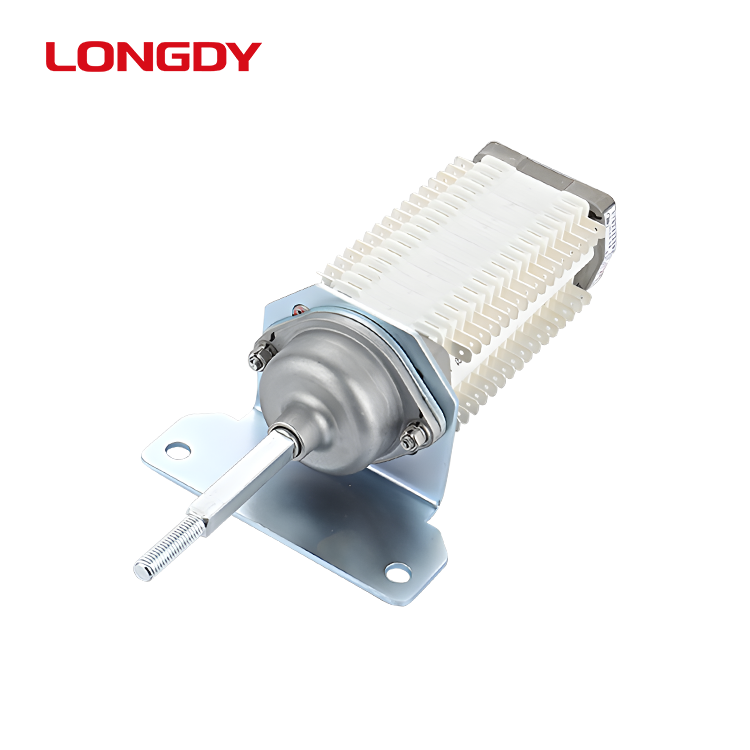Auxiliary switch in railway is a kind of electrical control equipment, which is usually installed in the distribution box beside the track. Its main task is to switch the current of the track circuit according to the instructions of the signalling system during train movement, thus controlling the turnouts, signals and warning devices on the tracks. These operations are essential to ensure that the train can run safely and accurately in accordance with the established route and timetable.
In practice, the functions of the railway auxiliary switch can be summarised as follows:
1. Controlling the position of turnouts: turnouts are devices used on railway tracks to change the direction of train travel. The auxiliary switch can be driven by electric motor or hydraulic system according to the dispatching instruction to realise the accurate switching of the turnout and ensure that the train advances according to the predetermined line.
2. Signal indication: Signal lights along the railway line are important signs to guide the train to proceed or not. The auxiliary switch is responsible for controlling the signals to show green (pass), yellow (caution) or red (stop) according to the condition of the track in front of the train, in order to guide the train driver to make the corresponding driving operation.
3. Track Occupancy Detection: Railway lines need to know in real time whether the track is occupied by trains. Auxiliary switches are connected to the track circuits to reflect the location of the train and prevent it from colliding or entering unauthorised areas.
4. Emergency braking control: When an emergency is detected, such as a train speeding or an obstacle ahead, the auxiliary switch can quickly cut off the power supply and activate the emergency braking system to ensure that the train comes to a safe stop in time.
5. Troubleshooting: Modern railway auxiliary switches are also equipped with self-diagnostic function, which can monitor the internal state of the system and send alarm signals to the control centre as soon as an abnormality is detected, thus facilitating timely troubleshooting and reducing downtime.
Due to the importance of railway auxiliary switches, their design and manufacture must comply with strict standards and specifications. These devices are usually made of corrosion-resistant, high- and low-temperature-resistant materials that can work stably in harsh environments. They also need to go through precise testing procedures to ensure that each switch is able to carry out commands accurately and precisely at critical moments.
In railway systems, the application of auxiliary switches not only improves operational efficiency, but more importantly, greatly enhances the safety of travelling.

